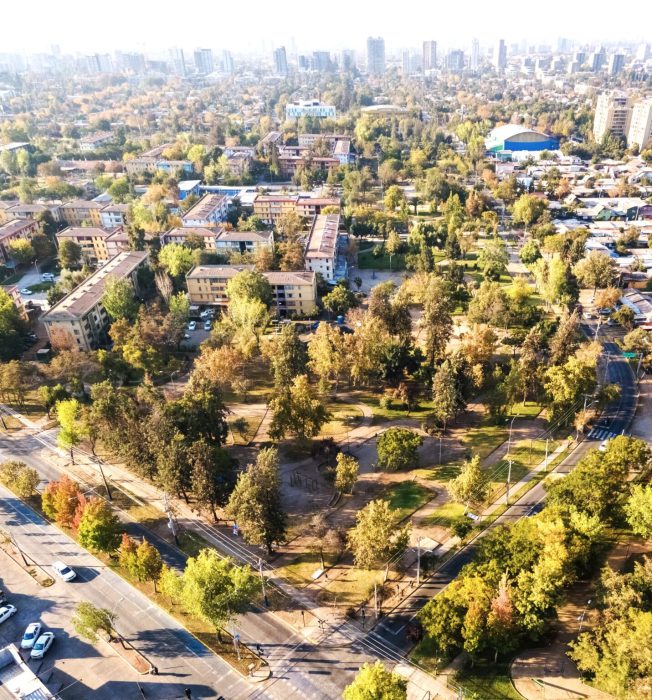Type of event: Online (Zoom)
Speakers
Umberto Bonomo, Associate professor PUC and Cultural Heritage Center Director.
Rodrigo Gertosio Swanston, PHD (c) Architecture and Urban Studies Universidad Católica de Chile.
Date: 29/08/2023 3:00 pm (UTC) / Date details: Santiago Chile 11:00 hrs

Portales Neighborhood Unit. Bresciani, Valdés, Castillo, Huidobro. 1953-1967. Photo: René Combeau / Archivo de Originales CID SLGM, FADEU-PUC.
Description
Modern Neighborhood Units in Santiago. Exploring common space.
Abstract
The modern neighborhood units built in Chile between 1940 and 1970 reflect the political-institutional transformation of those years. This transformation was promoted and affected the disciplinary development of architecture and urbanism in a symbiotic process that formed a dynamic, where political-institutional changes and theoretical gear (urban and architectural) were translated into increasingly ambitious public policies. The strong criticism of modern architecture during the seventies and eighties led to a condition of oblivion and stigmatization of such works. However, in recent years this condition seems to have changed, the growing sensitivity on the part of citizens towards modern Neighborhood units is an important precedent and demonstrates the validity and importance of cataloging, studying and preserving them both in their physical and spatial dimension as well as in their social dimension.

Image of Villa Los Presidentes (Ñuñoa, Santiago) . Photograph by Felipe Hevia
Green Heritage: Modern housing complexes and their Ecosystem Services.
Abstract
During the 1960s, Santiago de Chile expanded towards the east through numerous housing complexes of modern architecture. Between 2009 and 2017, 3 of these complexes underwent heritage processes driven by their communities, who, coincidentally, elevated the same attribute to the heritage category: their green areas. These extend from the parks and squares to the front gardens and patios and along the avenues that link them. However, this sequence is not exclusive to the patrimonialized cases. Still, instead, it is possible to see in many others, which shows that beyond the action of the neighbours themselves to plant and maintain specific vegetation, the continuity of green areas comes from a more extensive scale planning that provides sequences of available spaces for this to occur.
Today, thanks to satellite images, vegetation indexes (NDVI), temperature (LST) and spectral classification models, it is possible to observe extensive fragments of continuous vegetation and permeable soil between different housing complexes, thus revealing the presence of valuable ecosystem services inside the city, especially relevant to mitigate some of the effects of climate change. Demonstrating the above allows for revealing new values for the same attribute and incorporating these environmental benefits within heritage protection frameworks to ensure their conservation.
 Follow
Follow